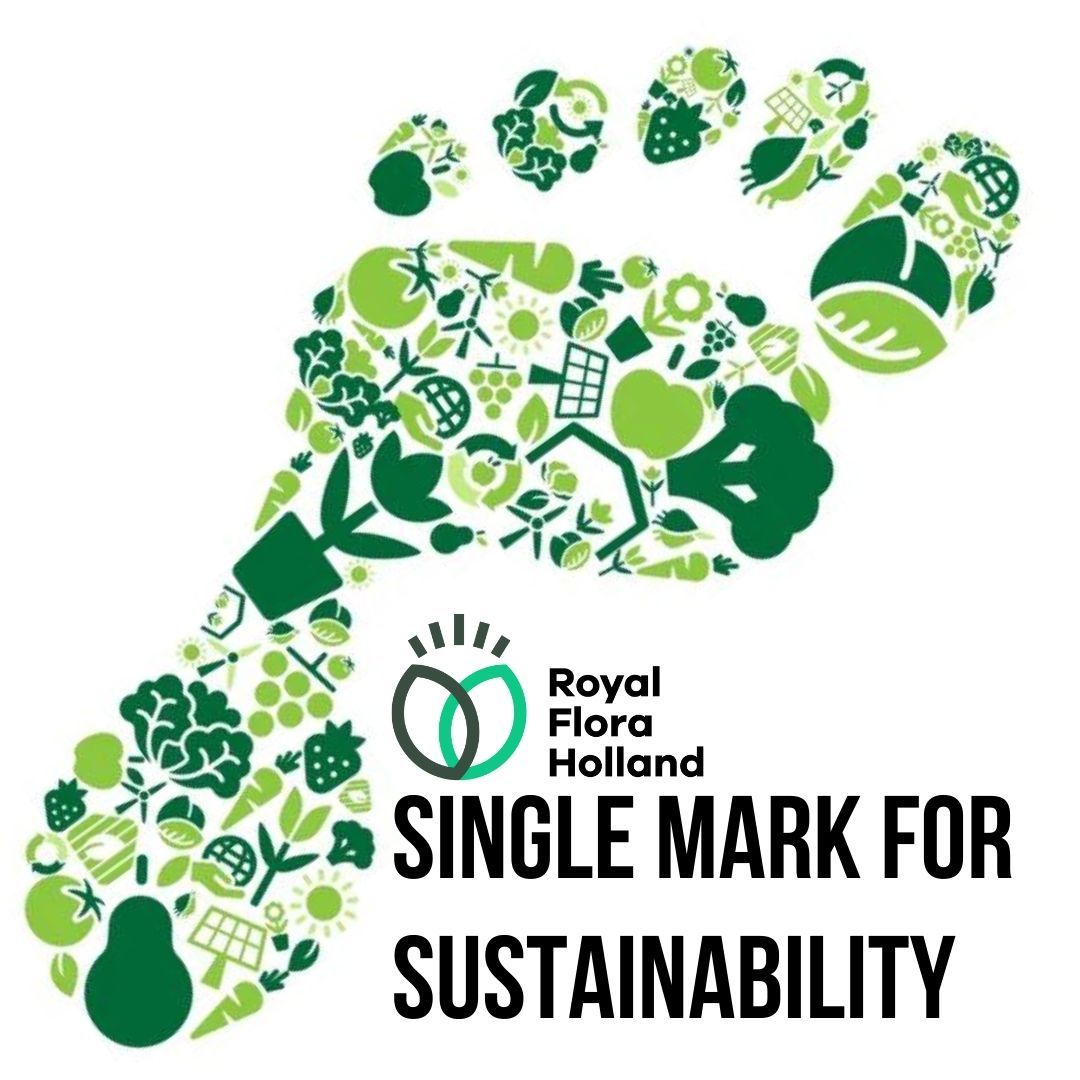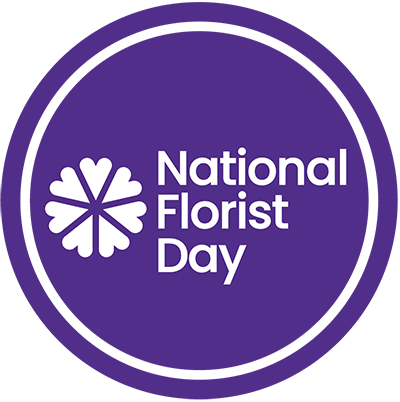
Sustainability labels simplified with FloriPEFCR
Sustainability remains a difficult and abstract concept for many people, and that includes the floriculture sector. Which flowers or plants are better for the environment? Which logo should people look out for to know ... given there are over a hundred certificates and quality marks out there it’s confusing to say the least.
Which is why Royal FloraHolland started looking at a single standard that everyone can understand as Albert Haasnoot, programme manager for Sustainable Development & Quality at Royal FloraHolland explained.
“A need emerged for a uniform calculation method for the sector that would be reliable, verifiable and comparable. Ten years ago, the European Commission launched the PEFCR – the Product Environmental Footprint Category Rules. Its aim is to clarify the environmental impact of products in a broad sense – not only of flowers and plants, but also of products ranging from animal feed to computers. The methodology for floriculture, in particular the FloriPEFCR, was launched in 2020 and is based on its predecessor, which at the time was still known as Horti Footprint”.
Now a consortium of companies, including Wageningen University & Research and Royal FloraHolland, is currently working on European calculation rules to determine the environmental footprint of ornamental plants or flowers. The intention is that together, those rules will then become the industry standard for the floriculture sector. The assessment takes 16 environmental indicators into account, such as climate change, the use of fossil fuels, eco-toxicity and water and land use with objective to gain insight and reduce environmental impact.
“The idea is to understand where exactly that environmental impact applies for each product,” continues Albert. “Often these are gas-fired products from a greenhouse, or products that are transported by air. So, the European Commission is basically saying to companies: know where your impact is and where you could improve.”
“The FloriPEFCR methodology will prevent greenwashing by companies and ensure a level playing field as the results will be reliable and comparable. Our aim is to show in an honest way what environmental impact a product has. Ultimately, the goal is to gain insight so that we can reduce the environmental impact of floriculture. As part of that process, we are working with the Floriculture Sustainability Initiative (FSI), which already operates a basket of sustainability certificates. So, it is a chain-wide approach.”
The benefits for growers
Growers will be able to see how they are doing compared to their peers. The idea is that ultimately a fair comparison can still be made, as one product will score well on one part and less so on another. Those items are then added together, resulting in an overall score.
It is inevitable that products with different scores will emerge from the comparison. Albert: “Think of it as a team of footballers. Not all of them will share the same strengths or have the same characteristics, but together, they still form a team, or an assortment of flowers or plants in this case.”
The benefits for buyers
Albert believes a clear standard will be beneficial for buyers as well. “Soon, it will become easier to select products in Floriday, for example, not only by length or by colour, but also by footprint. It is worth noting that buyers are already receiving these types of requests from the retail market, thus from their customers. They are being asked to state what carbon footprint a particular flower has. That will form part of the FloriPEFCR in the near future.”
Visible in shops from 2025 onward
So how long will it be until the sustainability score is visible in shops? Albert is confident. “Right now, I'm very optimistic. I expect that the final version of the FloriPEFCR will appear on the European Commission's website by the end of this year. This will be followed by a process to approve the tools currently being developed to make FloriPEFCR easier to use, even for non-experts. After that, we will be able to provide information about the actual classification. My prediction is that European consumers may start to see some form of product score in shops from 2025 onwards.”
The background to Flori PEFCR
The advent of FloriPEFCR will result in Europeans calculating the environmental footprint in the floriculture sector in the same standardised way. This will yield reliable results that can be compared and also create equality across the sector. In addition, the FloriPEFCR-based footprint will help companies meet the sustainability needs and requirements of customers – end or otherwise – and government bodies. The European Commission is expected to approve the use of FloriPEFCR in mid-2023.
Until now, the Horti Footprint Category Rules have been the basis for calculating footprints in horticulture in the Netherlands. Although this method hasn’t yet led to full harmonisation, it has nevertheless been a good place to start for the Dutch horticultural sector. Now that the demand for sustainable products is growing internationally, the need for European standardisation is also increasing.
What is the FloriPEFCR?
The Product Environmental Footprint (PEF) is a method based on Life Cycle Assessment (LCA), and contains clear standard calculation rules for 16 impact categories when calculating the environmental footprint. Specific calculation rules have been worked out for each product category, such as the environmental impact of production on the climate, land use and depletion of resources. This method calculates the environmental impact of a product stem or pot, from the extraction of raw materials to the end of the product’s life cycle.
The aim of the FloriPEFCR
The objective is to provide the basis for verified and reliable sustainability claims, and to prevent greenwashing by companies. It will lead to reliable results, comparable findings and a level playing field. Comparability is only possible if the results are based on the same calculation rules. Therefore, comparing apples with apples, and not with pears.
The FloriPEFCR enables a fair systematic comparison between different cut flowers and between different pot plants. As such, its results represent a starting point for learning more about the environmental footprint of a particular product. It not only leads to greater awareness, but also shows which opportunities for improvement exist for example saving money by making processes more sustainable.






